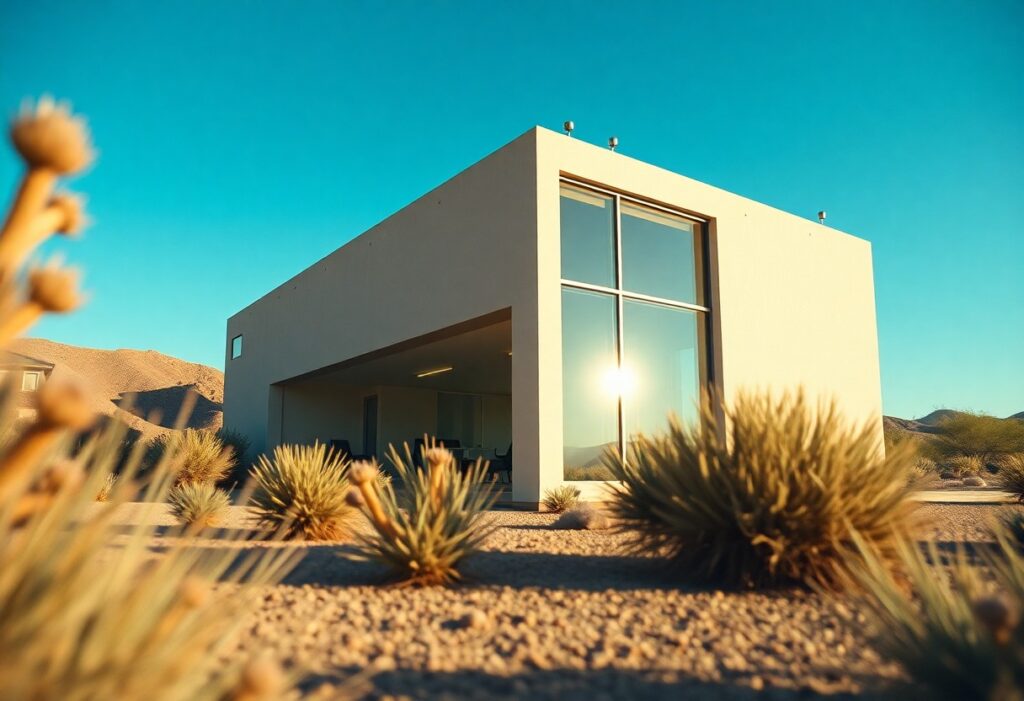Home Window Tinting In Red Rock – How To Choose The Right Tint For Your Needs
Windows play a significant role in your home’s comfort and energy efficiency, making the choice of window tint necessary. You may seek to reduce glare, enhance privacy, or improve UV protection, but selecting the right tint can feel overwhelming. This guide will help you navigate through the various options available, enabling you to make an informed decision that complements your lifestyle and enhances your home’s functionality. Let’s examine the key factors you should consider when choosing the perfect window tint for your needs in Red Rock. Understanding Home Window Tinting To appreciate the benefits of home window tinting, it’s imperative to recognize its purpose and the various options available. By applying a thin film of material to your windows, you can enhance your home’s energy efficiency, comfort, and security. Window tinting can also improve the aesthetic appeal of your property, making it an attractive addition to your home improvement plans. What is Window Tinting? There’s a common misconception that window tinting is just for cars. However, residential window tinting serves a variety of functions, providing you with a protective and aesthetic upgrade for your home. This process involves adding a thin film to your windows that can drastically alter how light enters, how heat is absorbed, and how privacy is maintained within your living space. Benefits of Window Tinting Now that you understand what window tinting is, it’s important to explore the myriad benefits it offers. By investing in window tinting, you can reduce glare, enhance privacy, and protect your furnishings from sun damage, all while maintaining a comfortable indoor environment. Home window tinting provides numerous advantages tailored to enrich your lifestyle. By minimizing heat gain during hot months, tinted windows can lead to lower energy bills, as your cooling system doesn’t have to work as hard. Additionally, it helps block harmful UV rays that could fade your carpets or furniture, extending their lifespan. The added privacy allows you to enjoy your living spaces without feeling exposed to the outside world. Ultimately, window tinting is a valuable investment that enhances your home’s comfort, aesthetics, and efficiency. Factors to Consider When Choosing Window Tint There’s a variety of factors to consider when selecting the right window tint for your home. Think about the following: Heat rejection performance UV protection levels Privacy requirements Appearance and style preferences Regulations in your area The right choice will enhance comfort and aesthetics in your living space. Types of Window Tints Assuming you are looking to enhance your home with window tinting, here are the most common types: Type Description Dyed Film Blocks light and heat but may fade over time. Metalized Film Reflects heat and adds strength to the glass. Ceramic Film Offers excellent heat and UV rejection without interference with signals. Crystalline Film Allows light in while blocking out heat and UV rays. Reflective Film Provides high privacy and glare reduction but may be shiny. Thou should consider these options based on your specific needs. Legal Regulations in Red Rock Types of window tinting can be subject to local laws and regulations in Red Rock. To ensure compliance, you should familiarize yourself with the legal limits for tint darkness and reflectivity. Local ordinances may dictate specific measurements that are acceptable for residential properties. Understanding these rules is necessary as violations can lead to penalties or the necessity to remove the tint. Always check with your local regulatory authority before making a decision. How to Assess Your Needs for Window Tinting Keep in mind the various factors that influence the type of window tint you need. Begin by evaluating your specific goals, whether they include enhancing energy efficiency, increasing privacy, or simply improving the aesthetics of your home. Each of these needs will guide you in choosing the right tint, ensuring that it not only meets your expectations but also complements your living environment effectively. Energy Efficiency Considerations Efficiency is a significant aspect to contemplate when selecting window tint. High-performance window films can reduce heat gain in the summer and loss in the winter, enhancing your home’s overall energy efficiency. This not only helps in lowering your utility bills but also contributes to a more comfortable living space throughout the year. Privacy and Aesthetic Preferences Your personal preferences for privacy and aesthetics play a vital role in your window tinting decision. Different tints provide varying levels of opacity and color, affecting how much light enters your home and how visible your interior spaces are from the outside. Evaluate the look and feel you aim to achieve while ensuring you maintain the privacy you desire. Considerations regarding privacy and aesthetics extend beyond mere functionality. You want to create an inviting atmosphere that reflects your personal style. Opting for a tint that matches your home’s architecture and design can enhance curb appeal while providing the necessary privacy. Explore options that balance both your desire for a well-lit, open space and the need for seclusion, ensuring your home remains both beautiful and comfortable. Tips for Selecting the Right Window Tint Now that you’re ready to choose a window tint, keep these tips in mind: Assess your privacy needs—consider how much visibility you want inside and outside your home. Evaluate the heat reduction and UV protection you require, depending on your local climate. Explore aesthetic options to match your home’s style while achieving functionality. Check local regulations to ensure your tint complies with any legal requirements. Knowing the specific needs of your space can lead you to the best tint for your home. Consult with Professionals There’s a wealth of knowledge among professionals who specialize in window tinting. They can provide personalized recommendations based on your specific requirements and local conditions. Engaging with experts allows you to take into account factors such as light exposure, energy efficiency, and even potential glare reduction. By seeking their advice, you can make a more informed decision toward the optimal tint for your needs. Consider DIY vs. Professional Installation For those who enjoy a hands-on approach, DIY installation might seem appealing. However,







